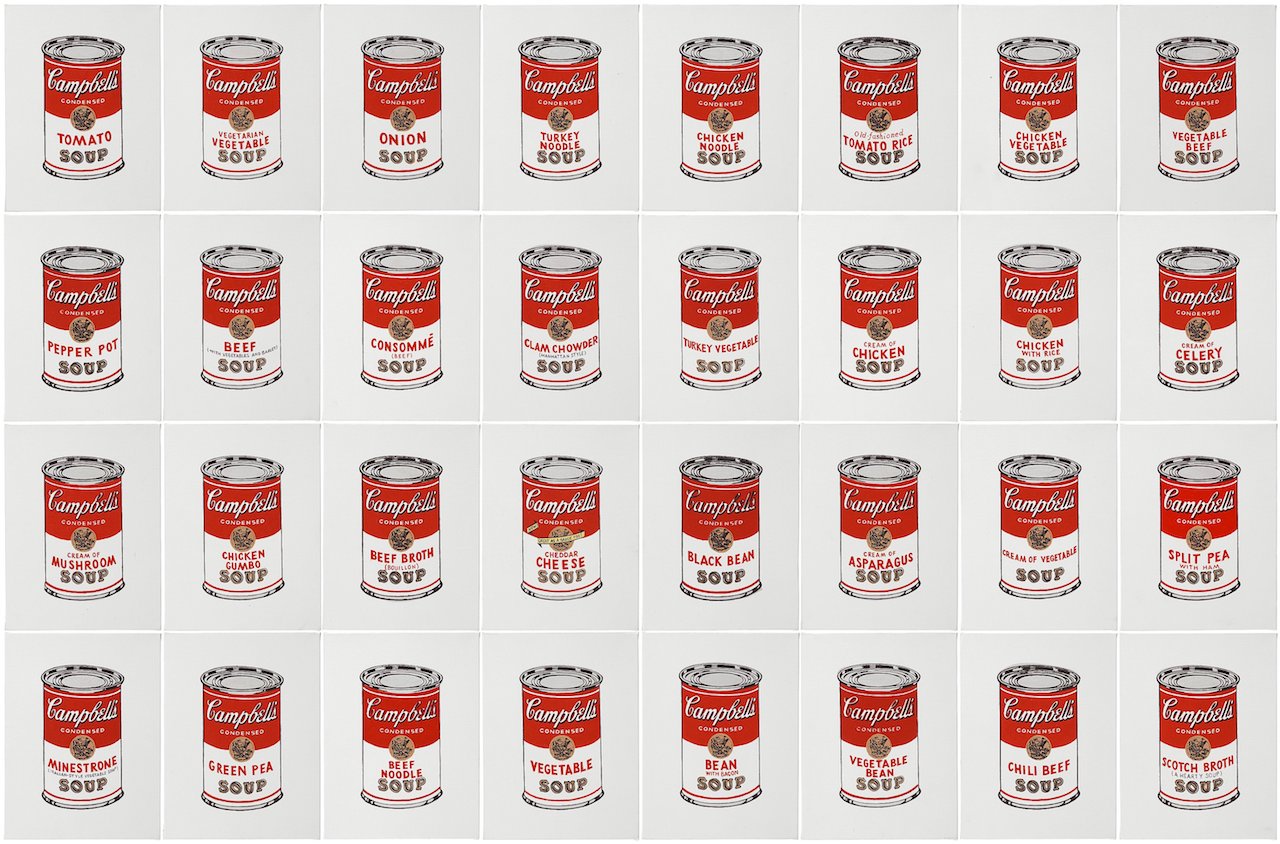Chapter 6: Non-affirmative Painting.
— Foucault, Michel. “Non-affirmative Painting.” In This is Not a Pipe., Chap. 6. Quantum Books, 2008.
Excerpt - Chapter 6: Non-affirmative Painting.
Separation between linguistic signs and plastic elements; equivalence of resemblance and affirmation. These two principles constituted the tension in classical painting, because the second reintroduced discourse (affirmation exists only where there is speech) into an art from which the linguistic element was rigorously excluded. Hence the fact that classical painting spoke — and spoke constantly — while constituting itself entirely outside language; hence the fact that it rested silently in a discursive space; hence the fact that it provided, beneath itself, a kind of common ground where it could restore the bonds of signs and the image. Magritte knits verbal signs and plastic elements together, but without referring them to a prior isotopism. He skirts the base of affirmative discourse on which resemblance calmly reposes, and he brings pure similitudes and nonaffirmative verbal statements into play within the instability of a disoriented volume and an unmapped space. A process whose formulation is in some sense given by Ceci n’est pas une pipe.
To employ a calligram where are found, simultaneously present and visible, image, text, resemblance, affirmation and their common ground.
Then suddenly to open up, so that the calligram immediately decomposes and disappears, leaving as a trace only its own absence.
To allow discourse to collapse of its own weight and to acquire the visible shape of letters. Letters which, insofar as they are drawn, enter into an uncertain, indefinite relation, confused with the drawing itself — but minus any area to serve as a common ground.
To allow similitudes, on the other to multiply of themselves, to be born from their own vapour and to rise endlessly into an ether where they refer to nothing more than themselves.
To verify clearly, at the end of the operation, that the precipitate has changed colour, that it has gone from black to white, that the “This is a pipe” silently hidden in the mimetic representation has become the “This is not a pipe” of circulating similitudes.
A day will come when, by means of similitude relayed indefinitely along the length of a series, the image itself, along with the name it bears, will lose its identity. Campbell, Campbell, Campbell.

- Purchase from Amazon: “Chapter 6: Non-affirmative Painting.”

